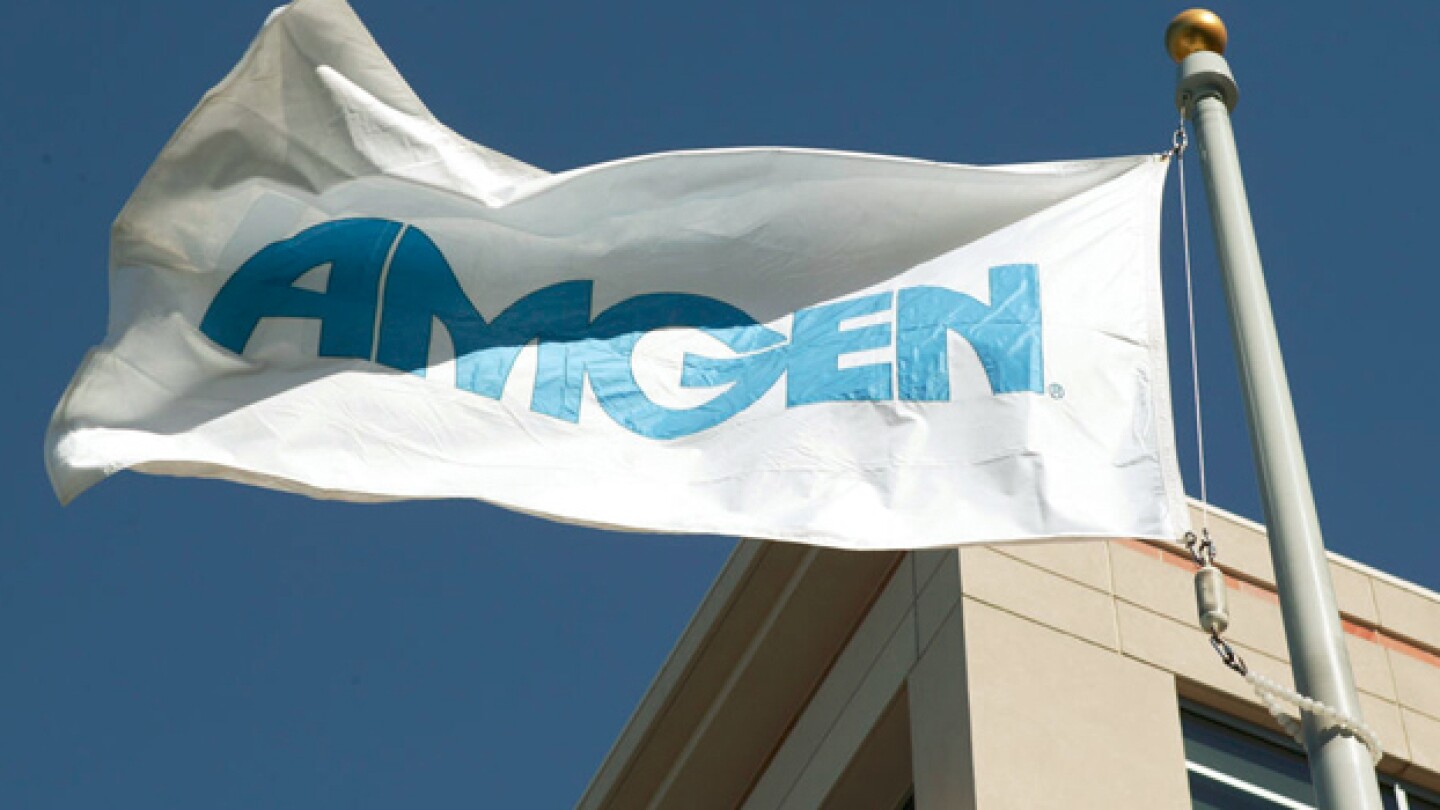Approvals
Yesterday, the Endocrinologic and Metabolic Drugs Advisory Committee had a split vote, 8 to 8, on whether the overall benefits of Zynquista (sotagliflozin) outweiged the risk in order to support approval. This sends things back to the agency to make a final decision, which has a target action date of March 22, 2019.
Immunomedics was hoping for a green light from the U.S. Food and Drug Administration for its triple-negative breast cancer treatment, sacituzumab govitecan. However, this morning the company announced that approval will not likely be coming any time soon.
This follows a 2017 rejection by the agency, requesting more data. As Jefferies analyst Michael Yee wrote in a note to clients, Amgen is “back in the game.”
Noting that the U.S. Food and Drug Administration (FDA) expects more than 200 investigational new drug applications (INDs) by 2020 per year, many of them cell and gene therapies, the agency issued an outline of new procedures it plans to implement this year.
In 2018, the FDA approved 59 novel drugs, meaning approved new molecular entities. BioSpace analyzed new drug approvals from 2014 to 2018 to determine which companies were responsible for the most drug approvals in that period. Here’s a look.
The FDA approved Cabometyx based on the Phase III CELESTIAL trial that showed the drug provided a statistically significant and clinically meaningful improvement in median overall survival.
The partial government shutdown has entered day 24 and the pharma and medtech industry is beginning to feel the impact even more, particularly as the U.S. Food and Drug Administration grows more incapable of reviewing some medications for approval.
The U.S. Food and Drug Administration (FDA) approved Bridgewater, NJ-based Amneal Pharmaceuticals’ generic version of Novartis’ Exelon Patch (Rivastigmine Transdermal System) for dementia related to Alzheimer’s and Parkinson’s diseases.
The Orphan Drug Act (ODA) was enacted on January 4, 1983. It was designed to encourage the development of drugs for rare diseases. The law was amended the following year to define rare diseases as ones that affect fewer than 200,000 people in the U.S. But it also included drugs that affect more than 200,000 people the costs of developing and marketing the drug in the U.S. would exceed revenue from U.S. sales.
Because of the government shutdown, which as of Monday, January 14 is into its fourth week, 40 percent of the U.S. FDA employees were furloughed. However, the two approvals described here should still be on track.
PRESS RELEASES










